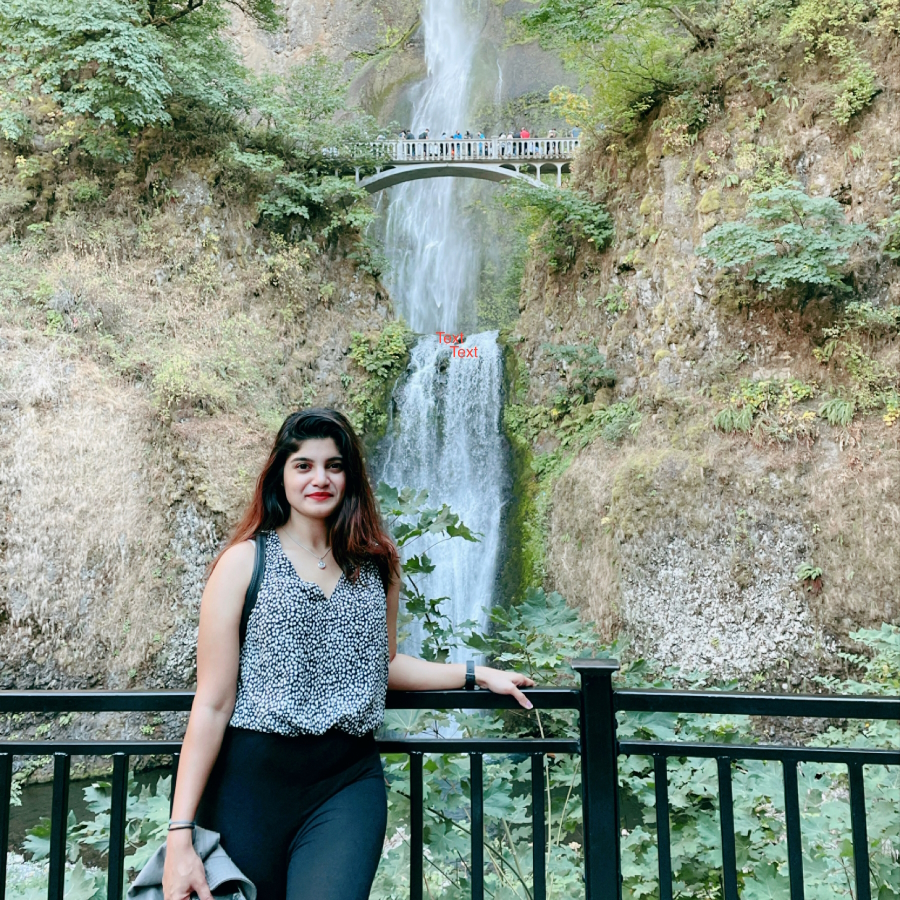Ph.D. Student
Geography & Geospatial Science
College of Earth, Ocean, & Atmospheric Sciences
Oregon State University
Email: mirzaba _at_ oregonstate _dot_ edu
Biography
Hello, I’m Bareera Mirza, a Snow Scientist hailing from Karachi, Pakistan. My love for Himalayas, Snow , Remote Sensing, Modeling and Technology led me to join CryoSIGHT. As a part of CryoSIGHT, I am working on developing and deploying system on cloud called SNOWDOMES (Snow Data to Observation and Model Snow Water Equivalent which is part of NASA’s upcoming special snow satellite. Following this project, I see my career as research scientist to unravel the scientific mysteries of snow and its impact on the environment When I’m not immersed in my research, I enjoy exploring snowy landscape, hiking, cooking, and planting. As a nature lover, I find inspiration in the beauty and wonders of the natural world and like to explore it.
Education:
Undergraduate in Civil Engineering, NED University of Engineering and Technology, Karachi, Pakistan
Master’s in Civil Engineering-Hydrology , University of Washington, Seattle,Washington
Ph.D. in Geography (in progress), Oregon State University , Corvallis, Oregon
Research Interests
snow hydrology, mountain hydrology, glaciers, remote sensing, geospatial analysis, numerical modeling, data assimilation, climate change, water resources management
Projects
Seasonal snow is critical for water supply, agriculture, and energy cycles. It’s essential to measure SWE accurately for making adequate water management decisions as the world is already facing a climate and water crisis. Despite that, it remains an open challenge to measure SWE through ground-based observation which motivates the need for airborne remote sensing. We at CryoSIGHT, working to develop and deploy system on cloud that will provide estimates of snowpack characteristics, including uncertainty, that are required for SWE remote sensing. The system will be called SnowDOMES: Snow Data to Observe and Model SWE. SnowDOMES is funded by NASA Terrestrial Hydrology program and part of an upcoming special snow satellite efforts.The datasets will be a community resource for SWE retrieval development and serve as a benchmark.






